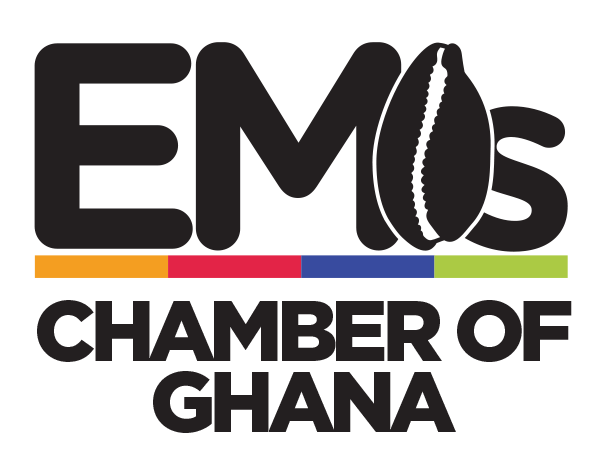Africa’s cross-border payments market is projected to grow from $329 billion to $1 trillion by 2035, according to a new report by venture capital firm Oui Capital. The growth—driven by increased digital adoption, mobile money use, and intra-African trade—is fueled by a 12% compound annual growth rate.
Despite this momentum, the report flags major inefficiencies such as legacy payment infrastructure, double currency conversions, and fragmented regulations, which result in high remittance costs averaging 7–8%, the highest globally.
Mobile money now plays a critical role, accounting for 30% of Sub-Saharan Africa’s remittance flows. In 2022, the continent handled 66% of global mobile money transaction value, reflecting a major shift from informal to formal financial channels.
Oui Capital identifies over $10 billion in opportunities tied to infrastructure upgrades, including interoperable APIs, decentralised FX liquidity, and regional systems like the Pan-African Payment and Settlement System (PAPSS). PAPSS is helping reduce dependency on USD/EUR clearing, which adds about $5 billion annually to transaction costs.
Cryptocurrencies and Stablecoins are also gaining traction, lowering remittance fees by up to 60% in well-regulated markets. Meanwhile, fintech APIs have pushed fees down to 1.5–3%.
However, limited regulatory readiness remains a barrier—only 55% of African countries support full electronic KYC, constraining the scalability of fintech innovations.
The report urges founders to look beyond simple transfers by integrating services like lending and insurance, concluding, “Africa’s payments race is now a scale game. Those that solve for liquidity, compliance, and cost will define the continent’s digital trade backbone over the next decade.”
Source: Extensia.tech





